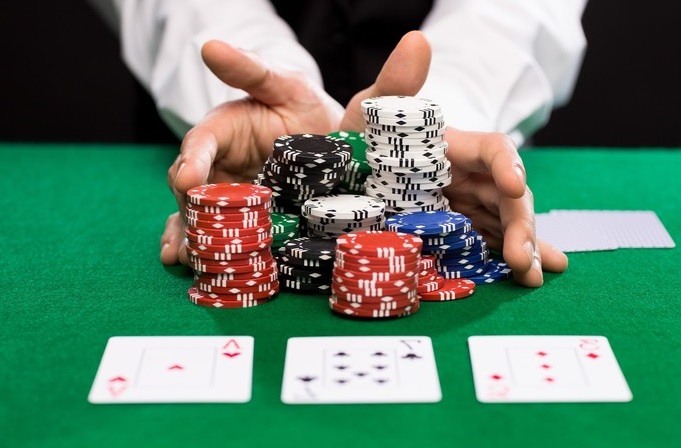How to Count Single Deck Blackjack

Counting single deck blackjack is a great skill to have, especially in the event that you play in a casino. It helps you get a better picture of the hand, and you can make better decisions on your own. It can also save you a lot of money, as you will be able to make better choices about your bets. In addition, you will be able to play with higher odds and win more often.
Betting correlation
Counting cards is a lot more complicated than it sounds. There are several card counting strategies that are suitable for single deck and multi-deck games. The best one for you depends on your play style. For example, if you like to hit hard you’ll probably want to stick with a system with a higher percentage of tens. In contrast, if you like to play on the flimsy side you’ll probably be better off with a system with a lower percentage of tens.
The best way to get a handle on the card counting game is to survey the cards in play. While you are at it, don’t forget to count the number of decks in play. This is a good way to know when to increase your bet. If the dealer hits a pair of aces in a row you’ve been dealt, it’s time to increase your bet. Likewise, if you get two or three cards, it’s time to rethink your bet strategy.
Insurance correlation
Counting a single deck blackjack game is a lot different than counting a multi-deck game. The differences are important and can affect the outcome of the game.
Counting a single deck blackjack game involves knowing the amount of cards in the deck. This can be a tricky task for someone who is new to the game. However, an expert card counter can keep track of how many cards are in the deck. This can help make better insurance decisions.
For single deck blackjack games, counting aces is a valuable strategy. However, it is not useful in other situations. It is also a good idea to side count other cards. However, this is a complex strategy that requires practice and concentration.
When counting a single deck blackjack game, it is important to learn the most accurate deck estimation. It is also a good idea to memorize every deviation.
Card counting is not a surefire strategy, but it can be a powerful tool to help you make insurance bets. For example, if the dealer shows an ace, you will bet more. This is because aces are the most valuable card in blackjack.
Back-counting
Counting single deck blackjack is not difficult, but it does take practice. The first step is to learn how to estimate the number of decks. Then you can calculate the running count.
The running count is an arithmetic sum that card counters arrive at after shuffling the decks. It allows players to assess the value of the cards they are dealing with and to double down or take insurance.
A positive running count favors the player and increases his chances of winning blackjacks. On the other hand, a negative running count is unfavorable. This is why most players bet less when the running count is negative.
The Hi-Lo system is the most common card counting system. It requires the running count to be updated as every card is dealt. Cards 2-6 are assigned a +1 value, while cards 7 and up are assigned a -1 value.
A Level I counting system assigns -1 to player-unfavorable cards. Some systems, like the KISS system, assign a +1 to certain cards.
Variations in the rules
Depending on the rules of single deck blackjack, the house edge can be anywhere from 0.15% to almost 2%. The house edge in blackjack is the amount of money a casino takes in a game compared to what it pays out. The house edge increases with the number of decks. It also increases when the rules of the game are altered.
Some single deck blackjack variations include the late surrender rule. This allows the player to double their bet after splitting. The player can also choose to stand after receiving their cards.
Other rule variants allow the player to resplit their aces. Resplitting an ace reduces the house edge by 0.13%. The player gets one extra card per ace and the ace counts as a regular 21.
Some single deck blackjack variants include even money payouts for blackjacks when the dealer’s up card is an Ace. These side bets are more susceptible to card counting.
